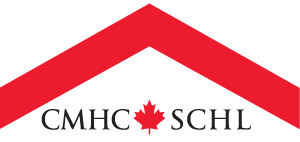About the initiatives
Complementary funding or financing initiatives addressing challenges across the housing continuum and the spectrum of housing needs.
How to apply
Tips to help you apply for funding or financing.
Help and resources
Resources to help align your project with each application process.
The National Housing Strategy Glossary of Common Terms
Knowing the terms and definitions used in the strategy.
Real life examples of affordable, sustainable and inclusive housing across Canada.
Progress on the National Housing Strategy
Quarterly updates on the programs and initiatives on the HICC website.
Canada’s Housing Plan
Building on important National Housing Strategy investments, Canada’s Housing Plan provides an integrated, all hands-on deck approach to the housing crisis, including investments in infrastructure, resources and construction methods necessary to build more housing at a price Canadians can afford.
CMHC’s Role
As a key federal partner, CMHC is responsible for delivering several National Housing Strategy programs and initiatives on behalf of the Government of Canada, including provincial-territorial bilateral agreements. CMHC scores and prioritizes applications, administers funding and manages borrowing and appropriations.
Initiatives Delivered with Provinces and Territories
With a funding commitment of $15.7 billion, these initiatives aim to support provincial and territorial priorities in housing. Provinces and territories deliver and cost-match federal funds from the National Housing Strategy through bilateral agreements with CMHC. These programs include:
- Canada Community Housing Initiative
- PT Priority Funding
- Canada Housing Benefit
- Northern Funding[1]
[1] Northern funding does not require Territorial cost-matching







 Share via Email
Share via Email
